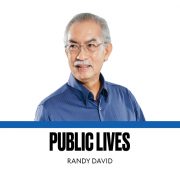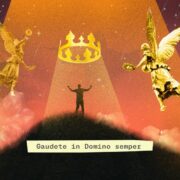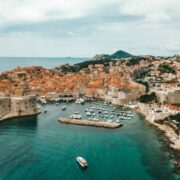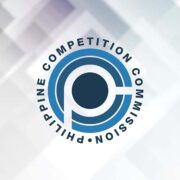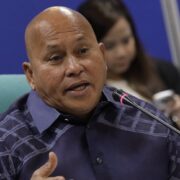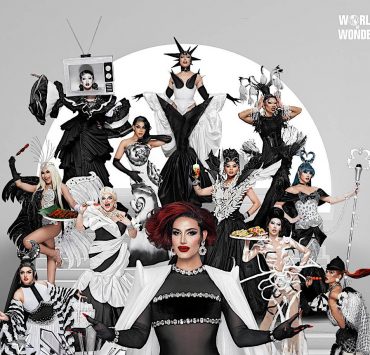Check yourself to save yourself: Seeking equity in breast cancer care
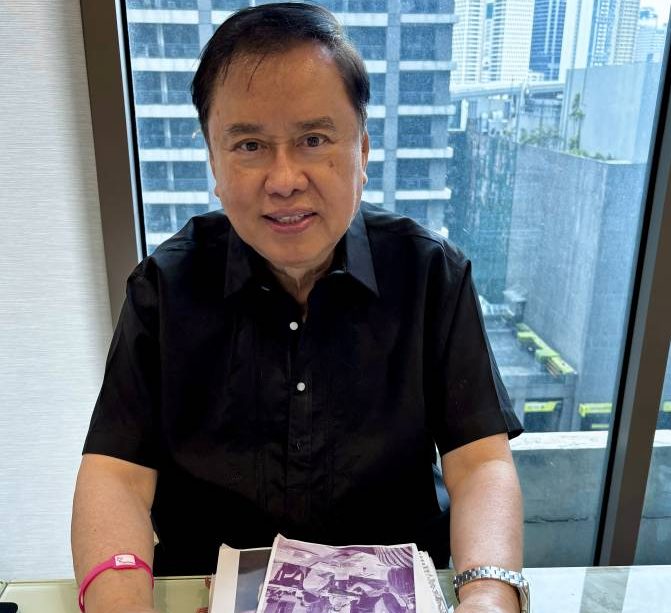
Dr. Norman San Agustin, breast surgeon and oncologist, lays bare the stark disparity in breast cancer experiences between the United States and the Philippines.
He presents a visual comparison: On one side, a collage of prominent American patients such as former first ladies Nancy Reagan and Betty Ford, alongside celebrities such as Australia-born singer Olivia Newton-John, actors Kate Jackson and Richard Roundtree and US Olympic skating champion Dorothy Hamill.
The other side showed equally heartbreaking images of Filipino women battling advanced breast cancer. Their breasts, ravaged by the disease, were unrecognizable, marked by skin ulcers, oozing pus and leakage.
“Can you tell the difference between the two groups?” Dr. San Agustin asks.
The difference is clear. In the US, the focus is on identifiable faces—well-known figures. In the Philippines, the women are nameless and faceless, their stories untold.
“They lived, raised families, developed breast cancer and died,” Dr. San Agustin says. “There is injustice in this anonymity.”Plight of the poor
This stark contrast fuels Dr. San Agustin’s mission. After a successful 40-year career in the United States, he returned to the Philippines with a vision: the Asian Breast Center (ABC), where he serves as president and CEO.
His primary advocacy is to empower women with early detection strategies, preventing the consequences of late-stage cancer. Likewise, he champions solutions to make breast cancer screening and treatment accessible to underprivileged communities.
Dr. San Agustin’s daily reality is a contrast to the glossy images of American survivors. He encounters many patients battling advanced-stage breast cancer, a condition often preventable with early detection. Many travel from remote provinces, having saved meager funds just for a consultation at ABC.
“The infection is often evident the moment they enter the room,” Dr. San Agustin laments, referring to the foul odor. “These women delayed seeking help due to denial or financial constraints. No money for mammograms, no biopsies. They hoped the lump would vanish. But the reality is, the longer they wait, the worse it gets. The skin breaks down, infection sets in and the pain becomes unbearable. They’ve been living with a growing threat.”
These consultations are often gut-wrenching. After diagnosis, some patients, resigned to their fate, simply say, “Never mind, Doc. We’ll go back home. My parents are still alive,” implying a desire to spend their final days with loved ones.
Dr. San Agustin identifies fear as a major barrier. “Filipinos often go into denial,” he explains. “They fear death and the crippling cost of treatment. They pray for a miracle, but the situation requires action.”
His concern extends to overseas Filipino workers (OFWs). “They sacrifice so much, working abroad to support their families,” he says. “Yet, their earnings often leave them with nothing for their health care. They contribute so much to the economy, but proper health care remains elusive in this country. I see this every day.”
Initiatives
While frustrated by the lack of robust public health-care support, Dr. San Agustin acknowledges some positive developments. The Philippine Health Insurance Corp. (PhilHealth) has significantly increased its Z Benefits package for life-threatening illnesses, raising the coverage for breast cancer from P100,000 to P1.4 million.
This improvement offers a glimmer of hope, but the fight for accessible and equitable healthcare for all Filipinos continues.
While the financial burden weighs heavily, some patients at ABC have displayed generosity, donating to help others facing similar struggles. These acts are commendable, but Dr. San Agustin emphasizes, “Healthcare is not the responsibility of individuals. It’s the government’s responsibility to ensure women receive proper care.”
To bridge this gap, ABC launched the Breast Pandemic Initiative, a program that rallies influential women to raise funds and support its advocacy. This initiative has garnered interest, with pledges from some women.
Another development is the prospect of collaborating with four public hospitals planning to expand their services with cancer centers. Dr. San Agustin sees a potential partnership: “Public hospitals offer free services, while the private sector can help fund specialized equipment and doctors’ fees.”
Prevention
However, challenges remain. Filipinos, while initially interested, can be slow to adopt new ideas or execute plans. Sometimes, they end up abandoning them. Pledges sometimes turn out to be mere lip service.
Breast cancer ranks as the second leading cause of cancer death among women.
Risk factors include a family history of breast cancer or genetic mutations from other cancers. Also, Filipinas are more susceptible due to a higher prevalence of dense breast tissues and fibers.
Women can take steps to lower their risk. Dr. San Agustin recommends starting standard breast self-care at 35 to identify early signs.
This includes monthly self check-up for lumps in the breasts, underarms and near the collarbone. Be mindful of other warning signs such as nipple discharge, skin changes and unexplained swelling or pain.
Dr. San Agustin advocates for dietary changes to reduce risk. He advises limiting red meat, fatty foods, sugary drinks and processed meals. Instead, focus on incorporating healthy options into your diet.
Regular exercise is also crucial, as it helps lower estrogen levels, combats inflammation and strengthens the immune system.
Finally, the oncologist recommends avoiding alcohol, which can elevate estrogen levels.By combining early detection strategies with preventive measures, Filipinas can empower themselves in the fight against breast cancer.


